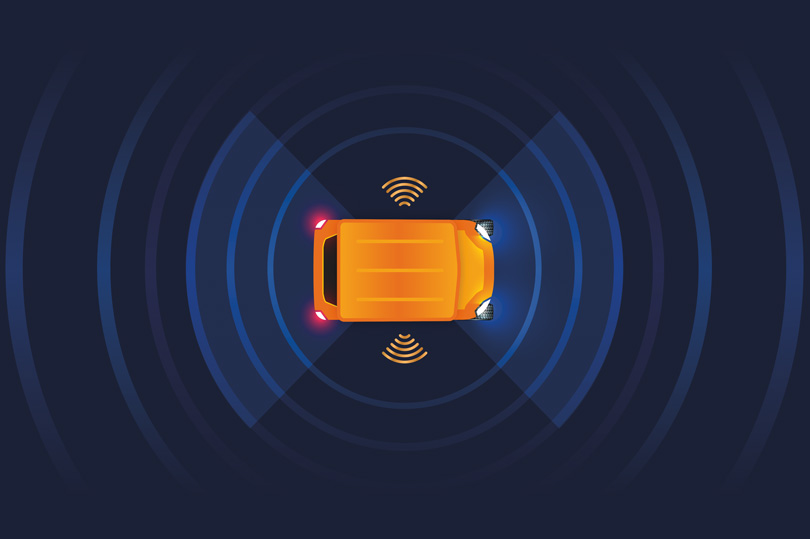A team of college students has been working on the autonomous golf car of the future.
Cedarville, OH
Golfers often work on their drive. But a group of Cedarville University computer engineering students is taking that focus to a whole new level.
Three Cedarville computer engineering students – Nathan Jessurun, Ryan Gordon and Michael Hayes – are teaming up with Alex Cline, an electrical engineering student, to design and build an autonomous golf car.
“We want our students to take part in the innovative ventures going on in the engineering world today,” said Danielle Fredette, Ph.D., assistant professor of electrical engineering and faculty advisor to the project. “Big projects like this are a good fit for our students’ capabilities.”
A golf car is a cost-effective vehicle to use to test and develop autonomous driving technology. The project will cost approximately $2,000 to purchase a used golf cart and $1,500 for software and hardware to make the car driverless. Clint Kohl, Ph.D., professor of computer engineering, and Gerry Brown, Ph.D., associate professor of electrical engineering, have helped students with the design and development of this project.
There are three main problems the engineering students are trying to solve: how to make the golf car go, stop and steer autonomously.
To resolve these challenges, the Cedarville team added new electrical hardware elements to allow the original car motor and its mechanical steering and braking systems to interface with a control computer. The computer gets data from a GPS unit and a RADAR unit, allowing the car to self localize, sense and navigate through its environment.
The GPS system on the roof guides the golf car through a preprogrammed set of GPS coordinates. The sensors will signal the car when it is about to bump into something, so it steers or brakes. These sensors allow the computer to re-route in the case of an obstacle and keep the car moving to the next GPS coordinate. The dynamic routing functionality will be more fully implemented by next year’s team.
The external sensors on the cart function effectively in fog or rain, according to Fredette, and the brake can still be used manually by the passengers in the cart.













